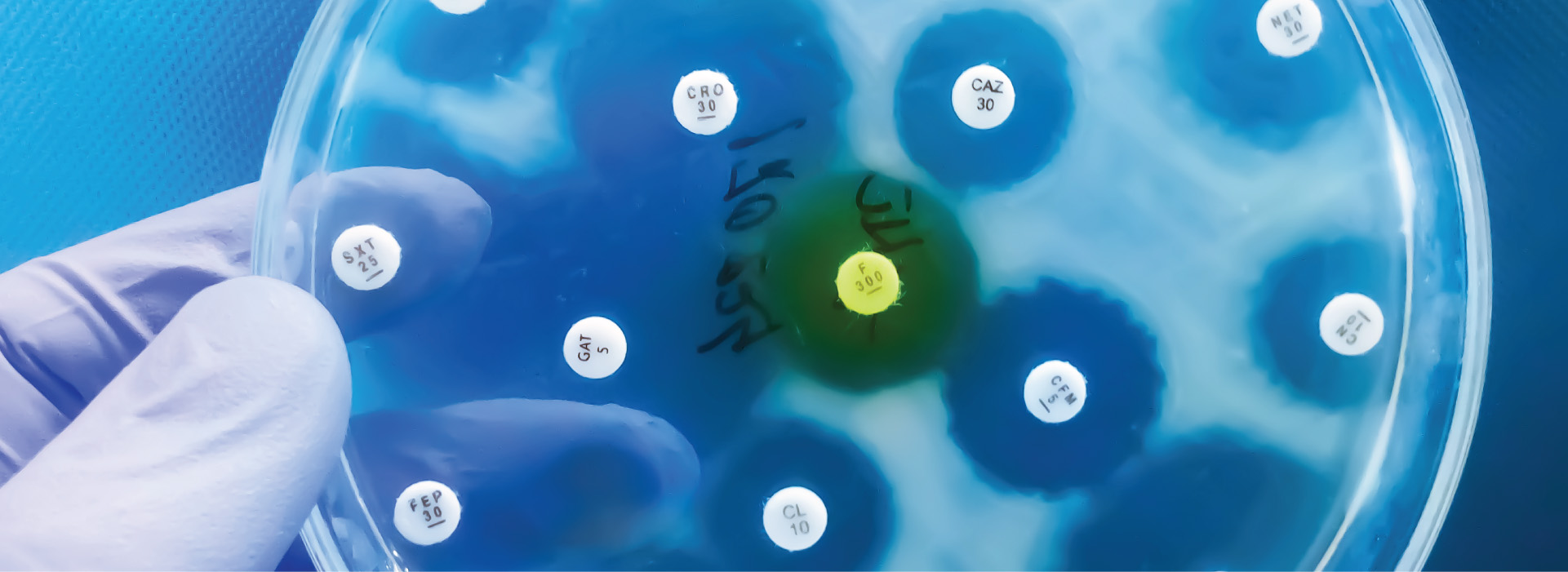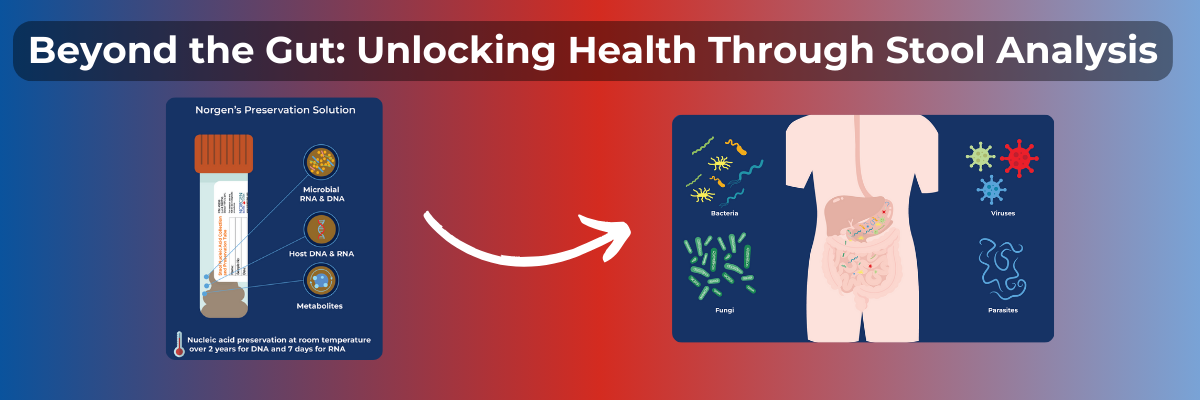
The Detection & Expression of Circulating miRNAs as Biomarkers Hold High Clinical Implications for Predicting Prostate Cancer Recurrence Post Radical Prostatectomy.
Currently, there is limited technology available for accurately predicting high-risk cancer biochemical recurrence (BCR). As such, there is a significant clinical need to discover non-invasive biomarkers in hopes to identify these high-risk patients and prevent unnecessary therapy and over-treatment.
Researchers from Sunnybrook Research Institute aimed to identify non-invasive circulating miRNAs in patients that had previously undergone radical prostatectomy in order to predict risk. Out of a pool of 78 patients who had previously undergone removal of the entire prostate gland, 75 were selected based on their miRNA quality and quantity. These selected 75 patients were divided into two categories – low-risk and high-risk – according to their surgical pathology and their diagnostic PSA levels. Circulating miRNA from serum was isolated using Norgen Biotek’s Plasma/Serum Circulating & Exosomal RNA Purification Mini Kit.
Using NanoString nCounter technology for miRNA expression analysis, 828 miRNAs were profiled, of which 81 were found to be highly expressed in at least 80% of the samples. These samples were subsequently used for further analysis. Out of these 81 miRNAs, 32 were found to be significantly upregulated in high-risk patients.
NORBLOG
Want to hear more from Norgen?
Join over 10,000 scientists, bioinformaticians, and researchers who receive our exclusive deals, industry updates, and more, directly to their inbox.
For a limited time, subscribe and SAVE 10% on your next purchase!
SIGN UP
Four miRNA signatures were identified to be able to differentiate prostate cancer patients after radical prostate removal. miR-17, miR-20a, miR-20b, and miR-106a were found to be critical in differentiating between high- and low-risk patients. Qiulun Lu, Zejun Ma, et al noted that in vitro and in vivo mouse models demonstrated that the overexpression of miR-17 increased tumour growth proliferation – further characterizing it as an oncogenic miRNA. The researchers found that miR-20a, miR-20b, and miR-106a displayed a trend towards overexpression and increased colony formation.
The implications of this study are promising – the non-invasive nature of these liquid biopsies allow for monitoring of a patient’s disease progression, leading the path towards personalized medicine. The data presented here demonstrate a “proof-of-principle” that these four circulating miRNAs in plasma samples are detectable post-radical prostatectomy and that the patient can be accurately differentiated between the two risk categories.




